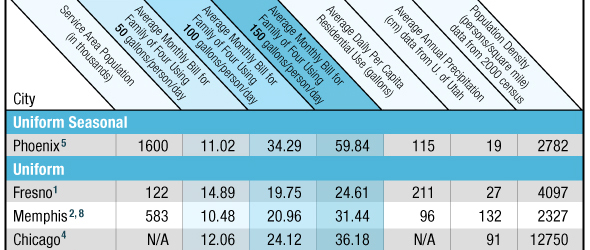Choking on Change: Study Estimates Cost of Water Pollution

MANHATTAN, Kansas — A sip of water, a wad of singles, a wending stream. According to research from the University of Kansas, all three suffer from chemical runoff — but not in the order and magnitude you might imagine. While a glass of drinking water tainted with nitrogen and phosphorus could wreak havoc with your health, the damage wrought upon the environment may also play poker with your pocketbook.
In his recently published study — Eutrophication of U.S. Freshwaters: Analysis of Potential Economic Damages — Professor of Aquatic Ecology and study author Walter K. Dodds examines the impact farm effluent visits upon the water bodies it pollutes. Using data from the U.S. Environmental Protection Agency, his team explains how nitrogen and phosphorus cause serious and costly side effects to surrounding ecosystems.
“We calculated potential annual value losses in recreational water usage, waterfront real estate, spending on recovery of threatened and endangered species, and drinking water,” study authors explain. “The combined costs were approximately $2.2 billion annually as a result of eutrophication in U.S. freshwaters.”
“We are providing underestimates,” Dodds told the Environmental News Service. “Although our accounting of the degree of nutrient pollution in the nation is fairly accurate, the true costs of pollution are probably much greater than $4.3 billion.” Dodds hopes that the study provides useful information to policy-makers who can address the complex problem of nutrient pollution across the country.
Source: Environmental Science and Technology, Environmental News Service






Those in charge of implementing the Clean Water Act (CWA) are clearly running out of red herrings trying to explain why the water quality in our open water keeps deteriorating. First it was non-point sources (storm water), than farmers over-fertilizing their crops and now watershed development.
The truth is that EPA never implemented the CWA as it, like the rest of the world, used an essential water pollution test incorrectly and by doing so ignored all the nitrogenous (urine and protein) waste in municipal sewage, while this waste like fecal waste not only exerts an oxygen demand, but in all its forms is a fertilizer for algae and therefore is partly responsible for the depletion of oxygen as the result of eutrophication. This eutrophication is causing the dead zones, red tides and destruction of coral reefs all over the world.
EPA’s first attempt to enforce the CWA through the back door with its TMDL (Total Maximum Daily Toad) program, by itself a violation of the CWA, initiated watershed protection programs that again exerted a lot of taxpayers money demands and which surprisingly resulted in establishing that ‘nutrients’ are the main cause of problems pointing at nitrogen and phosphorus.
Most of these studies now recommend additional studies questioning the additional cost of sewage treatment to treat these nitrogen (mostly urine and proteins) and phosphorus nutrients, while not a word is mentioned about DBP’s (Disinfection By Products, many considered carcinogenic or endogen disrupters) and PPCPs (Pharmaceutical and Personal Care Products, such as drugs).
While public concern regarding our environment was first awakened by ‘public health’ concerns, such concerns sadly are not longer even considered, mainly to cover-up the fact that EPA and States never implemented the CWA, because of a faulty pollution test.
More information: http://www.petermaier.net
What an interesting statement “not a word is mentioned about DBP’s (Disinfection By Products, many considered carcinogenic or endogen disrupters) and PPCPs (Pharmaceutical and Personal Care Products, such as drugs).”
This type of cover up is continuing today and people wonder why cancer is so prevalent!! Everyone deserves clean drinking water free of DBP’s and PPCP’s.